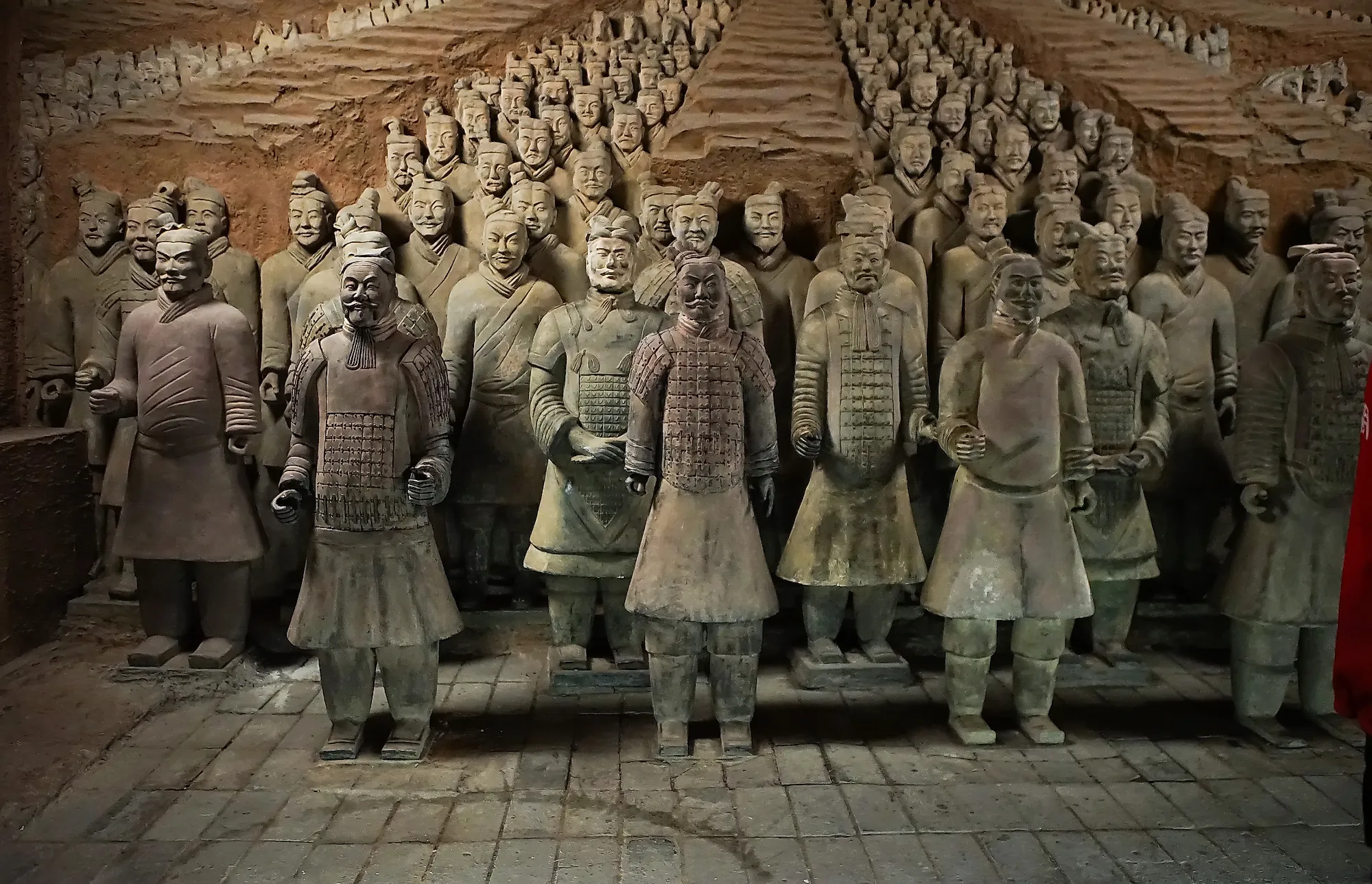
11 Unsolved Historical Mysteries
Conjecture and speculation can only take researchers so far when it comes to the lost tales and inventions of humanity's past. These mysteries are characterized by either an abundance of physical evidence without explanation or records, or records without corresponding evidence. Each one dates back to before 0 BCE, and the archaeology and understanding for those eras often amounts to nothing more than scraps and fragments. While historians and scholars can meticulously develop working theories to address these gaps in history, disproving or challenging those theories is often a much simpler task, resulting in heated debates among experts.
It is essential to recognize that historians often possess a general understanding of how certain events or constructions occurred, but the absence of specific details can be misconstrued as a lack of knowledge. For example, there are viable theories regarding the construction of the pyramids, such as sleds and ramps, yet the lack of direct observation or concrete evidence leads to the misconception that experts are entirely in the dark about these ancient wonders. Here, however, researchers have reached unquestionable impasses in discerning a satisfying understanding of these bizarre accounts and peculiarities.
The Terracotta Army
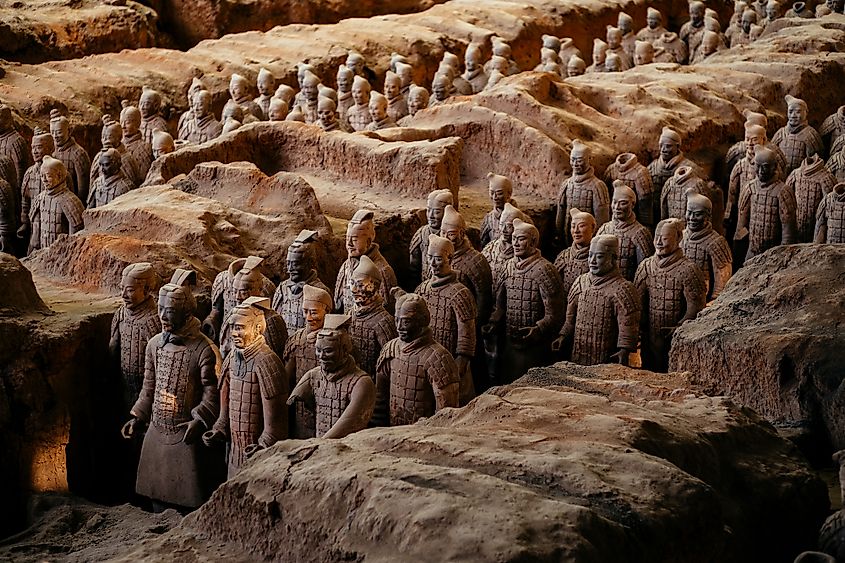
The Terracotta Army, an impressive collection of over 8,000 life-sized terracotta statues discovered near the tomb of China's first emperor, Qin Shi Huang, in 1974, is a testament to ancient Chinese craftsmanship. Dating back to around 210 BCE, these statues, which include soldiers, horses, and chariots, were meticulously crafted to protect the emperor in the afterlife. Each figure exhibits unique facial features and intricate details, such as armor and weaponry, highlighting the remarkable artistic skill of their creators. The identities of the artists and the techniques they employed to produce the realistic and intricate figures are yet to be uncovered. Additionally, the kilns used to fire the terracotta statues have not been definitively identified, further deepening the mystery surrounding this ancient wonder.
The Lost City of Atlantis

The lost city of Atlantis has long fascinated historians and laypeople alike. First mentioned by the ancient Greek philosopher Plato in his dialogues "Timaeus et Critias," Atlantis was described as an advanced civilization that existed around 9,000 years before Plato's time. Although many have searched for the fabled city, no concrete evidence has been discovered to confirm its existence. Some theories suggest that Atlantis may have been inspired by real ancient civilizations or natural disasters, while others argue it was purely a fictional allegory created by Plato. In particular, one theory associates the myths of advanced technology with accounts of sea raiders from the west who had stumbled upon bronze metalurgy before other civilizations. Rising sea levels might therefore account for its disappearence if it had been an island that slowly became submerged.
The Nazca Lines
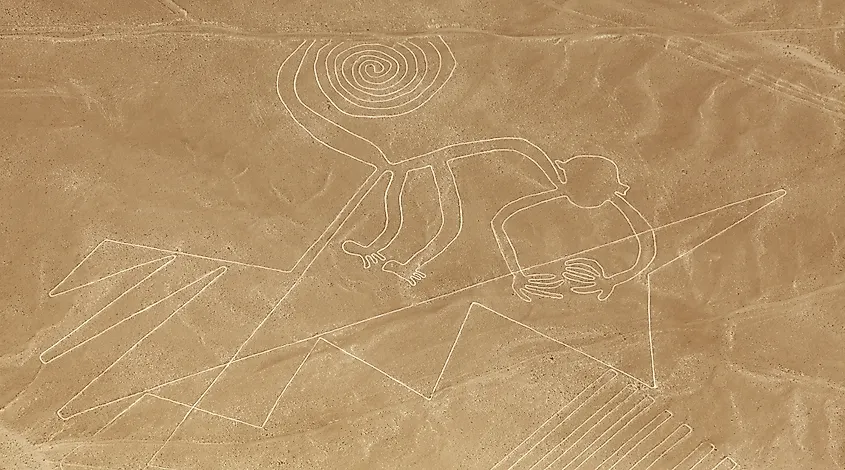
The Nazca Lines, located in the Nazca Desert of southern Peru, consist of over 800 straight lines, 300 geometric shapes, and 70 animal and plant designs etched into the arid landscape. Believed to have been created by the Nazca people between 500 BCE and 500 CE, the exact purpose of these massive geoglyphs remains unknown. Some theories propose that they were used for astronomical or religious purposes, while others suggest they served as an irrigation system or a way to track underground water sources.
Stonehenge
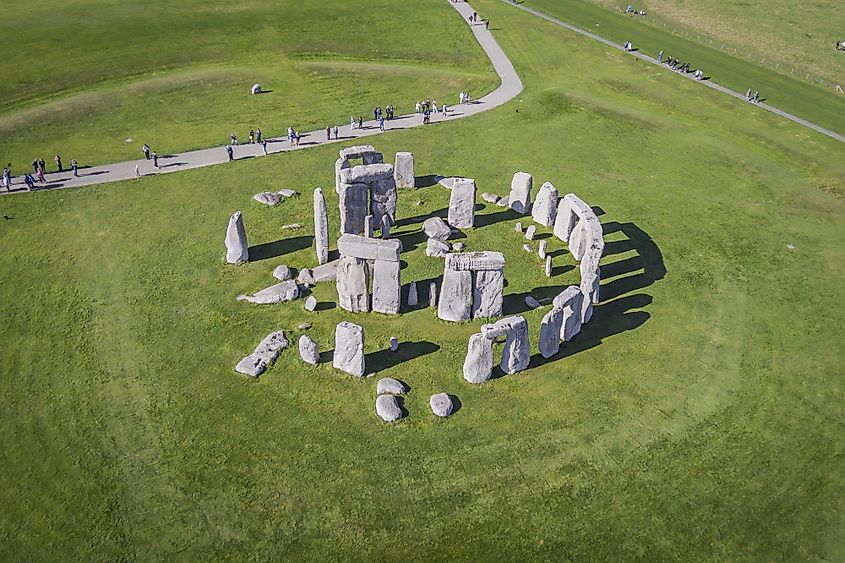
Stonehenge, a prehistoric monument located in Wiltshire, England, dates back to around 3000 BCE and consists of a ring of standing stones, each weighing up to 25 tons and reaching heights of over 28 feet. This iconic site has perplexed researchers for centuries, as the true purpose of Stonehenge remains elusive. Theories about its function have ranged from a burial ground to an astronomical observatory, and even a place of spiritual or healing significance. Recent archaeological discoveries, such as nearby burial sites and the adjacent monument Durrington Walls, have provided new insights into Stonehenge's history and the society that built it. Additionally, studies of the monument's alignment with celestial events and the transportation of the stones from distant quarries have added further layers of complexity to our understanding of this ancient enigma.
The Antikythera Mechanism
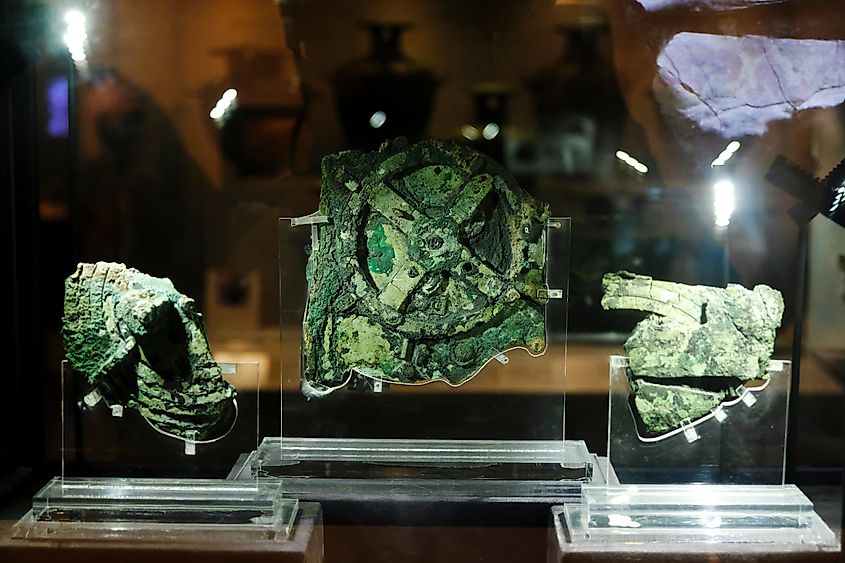
The Antikythera Mechanism, discovered in a shipwreck off the coast of the Greek island Antikythera in 1901, is an ancient artifact dating back to around 150 BCE. This intricate bronze device, often referred to as the world's first computer, contains a complex system of gears and dials. Its primary function was to predict astronomical events such as eclipses and the positions of celestial bodies, as well as track the cycles of the ancient Olympic Games. Furthermore, the apparent disappearance of this advanced technology from the historical record has puzzled scholars.
The Great Sphinx Of Giza
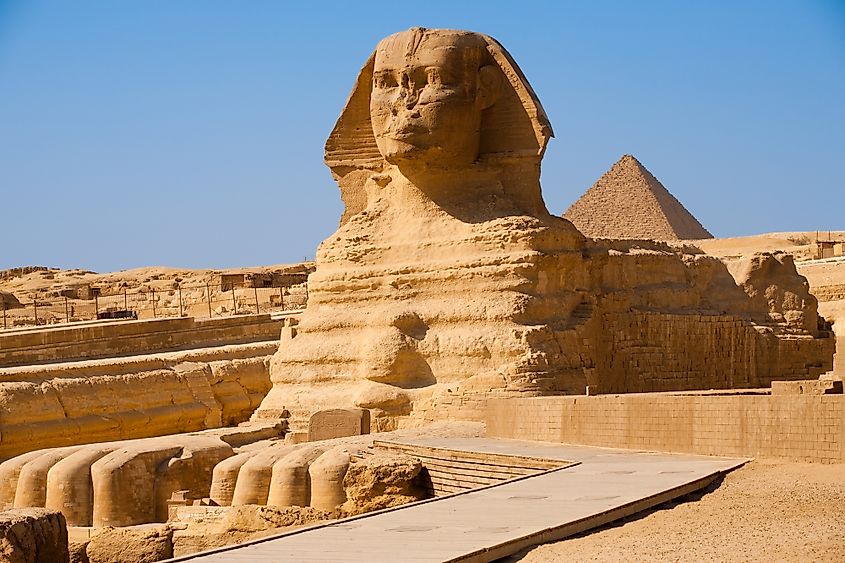
The Great Sphinx of Giza, a colossal limestone statue with the body of a lion and the head of a human, is one of the most iconic monuments in Egypt. Believed to have been built around 2500 BCE, the true purpose and origin of the Sphinx remain subjects of debate. While some scholars argue that it was created as a guardian for the nearby pyramids, others propose that it may have had a more profound astronomical or religious significance. Furthermore, the question of who the Sphinx's human face represents - commonly believed to be the pharaoh Khafre - isstill unresolved. Erosion patterns on the Sphinx also suggest that it may be much older than currently believed, adding another layer of mystery to this enigmatic sculpture.
The Piri Reis Map
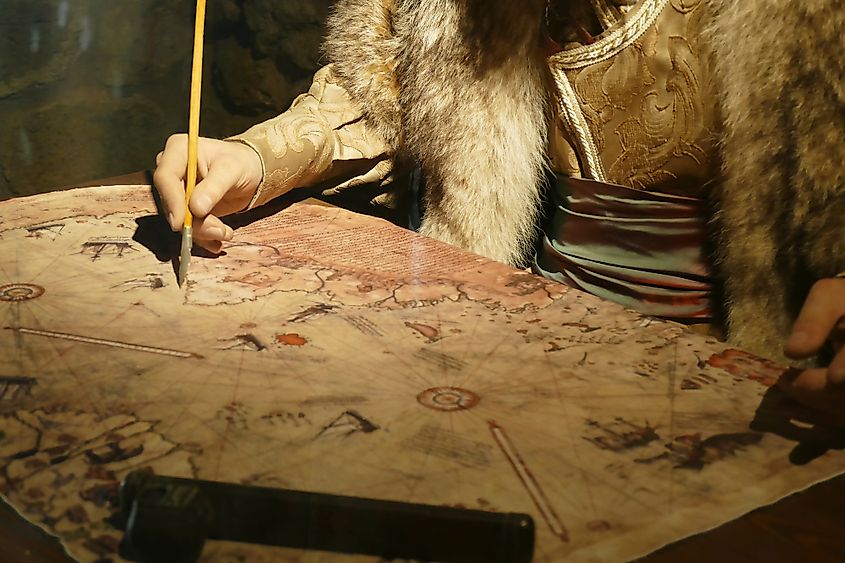
The Piri Reis Map, created by the Ottoman admiral and cartographer Piri Reis in 1513, is a world map that has puzzled historians due to its seemingly accurate depiction of the Americas and Antarctica, long before their official discovery by European explorers. Some researchers argue that the map could be evidence of an advanced ancient civilization with knowledge of global geography, while others believe it may be an amalgamation of various maps and sources that were available at the time. The true origin and accuracy of the Piri Reis Map continue to be debated.
Göbekli Tepe
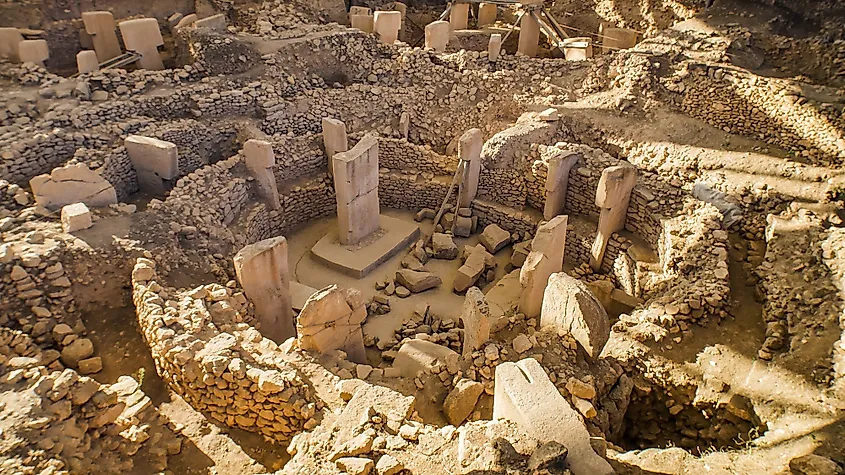
Göbekli Tepe, an archaeological site situated in southeastern Turkey, dates back to the Pre-Pottery Neolithic period, around 9600 BCE. The site is composed of multiple circular enclosures, each containing large T-shaped limestone pillars that reach up to 19 feet in height. These monolithic pillars are adorned with intricate carvings of animals and abstract symbols, showcasing the artistic prowess of the ancient people who built the site. The purpose of Göbekli Tepe remains uncertain, but prevailing theories suggest it served as a temple, ceremonial center, or a place for social gatherings. The discovery of this site challenges conventional theories about the development of complex societies, as it predates the establishment of agriculture and the rise of early civilizations. The builders of Göbekli Tepe seemingly prioritized the construction of this monumental site over subsistence activities, indicating that religion and communal efforts may have played a crucial role in the early stages of human societal development.
The Sumerian King List
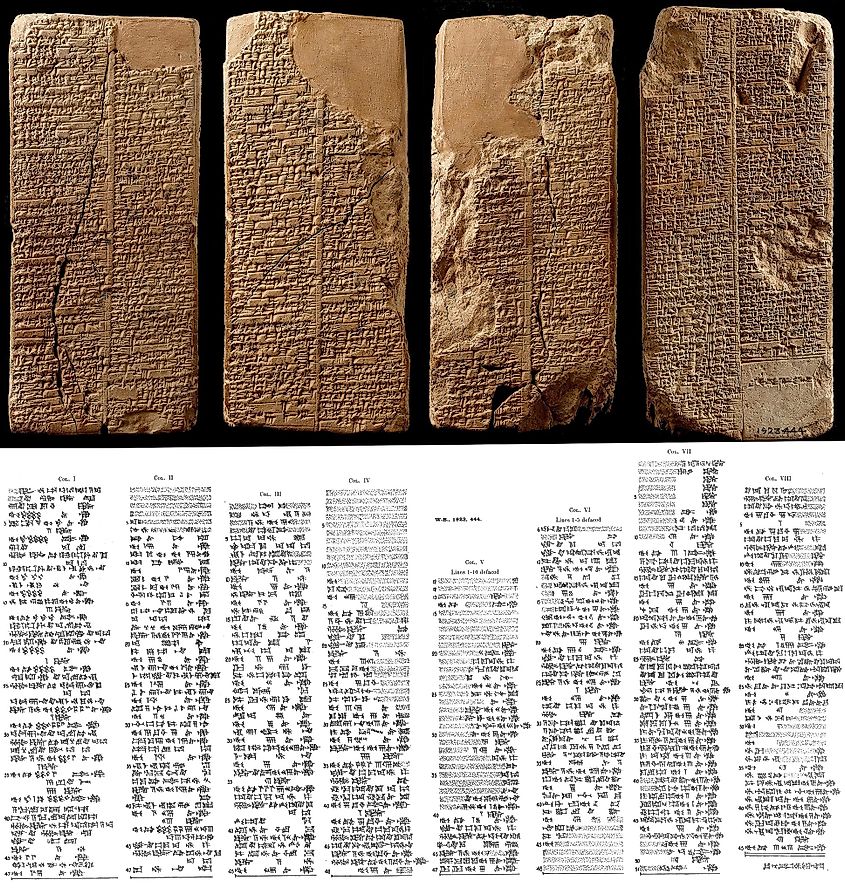
The Sumerian King List, an ancient document inscribed in cuneiform script, offers a unique blend of historical record and mythology as it lists the rulers of Sumer, an early civilization in Mesopotamia. While the list includes actual kings, it also integrates mythical figures, ascribing them implausibly long reigns that span tens of thousands of years. This amalgamation of fact and legend raises questions about the document's historical accuracy, leading to debates among scholars. Some argue that the list serves as a genuine record of Sumerian rulers, while others propose it functions as a literary or mythological artifact. More controversely, some have claimed it is evidence of lost civilizations.
The Baigong Pipes
The Baigong Pipes, discovered in the remote Qinghai Province of China, are a series of pipe-like structures embedded in the sedimentary rock around Mount Baigong. Ranging from toothpick-sized to several yards in diameter, these iron-rich tubes have sparked theories that they could be evidence of an ancient, technologically advanced civilization. However, most geologists attribute the formation of the Baigong Pipes to natural geological processes, such as the fossilization of tree roots or the action of water on iron-rich minerals.
The Longyou Grottoes
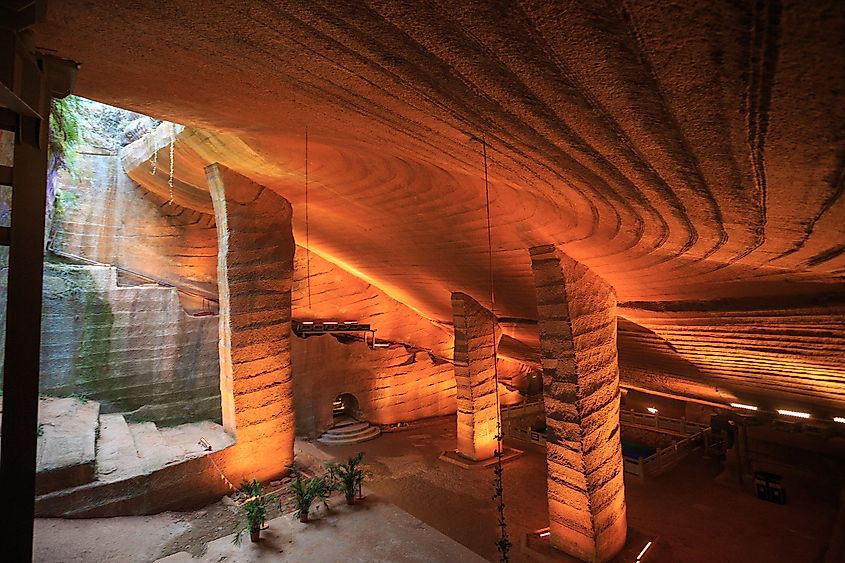
The Longyou Grottoes, a complex of 24 man-made caverns situated in China's Zhejiang Province, date back to at least 2,000 years ago. One prevailing theory proposes that the Longyou Grottoes served as quarries, but its high ceilings, intricate carvings, sturdy pillars, and interconnected tunnels give reason to suspect alternative use. The largest grottos cover an area of approximately 11,000 square feet, showcasing the remarkable scale and complexity of the entire complex. The identity of the builders, the tools and techniques they employed, and the purpose of these caverns are yet to be determined. Furthermore, the absence of historical records or inscriptions at the site adds to the enigmatic nature of the grottoes.
These riddles of the ancient world are endemic of the fact that information is as priceless as it is fragile. Citizens that contributed or witnessed these puzzling moments and places may have believed them to be permanent, obvious, and grand fixtures. The purposes of those who labored intensely to carve out caves, design a mechanical 'computer,' or create thousands of statues are shrouded by time and the loss of oral and written knowledge. For those of us witnessing the endless bustle of civilization today, we cannot help but wonder what aspects of our current global society, which seem blatantly clear to us today, will be indecipherable to future scholars. Therefore, preservation of even simple day to day routines, and the reasons for them, can be considered a gift to our descendents thousands of years from now.











